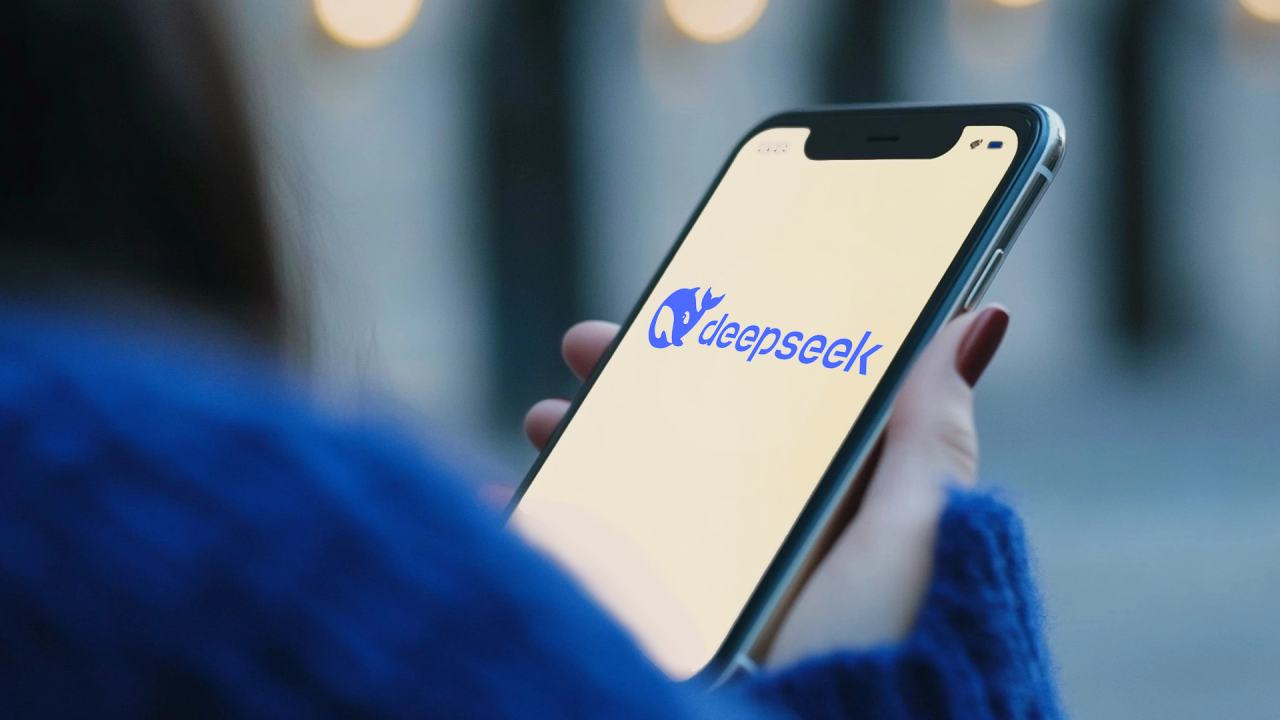FAQs: DeepSeek R1-related Market Turbulence, Tech Disruption, and the AI Arms Race

FAQ 1: What makes DeepSeek R1 disruptive, and why is it causing market chaos?
FAQ 2: What makes DeepSeek R1 disruptive, and why is it causing market chaos?
FAQ 3: How could DeepSeek R1 trigger a $1 trillion tech stock drop?
FAQ 4: Is this a market overreaction or a sign of structural change?
- Crypto volatility: AI tokens are reacting to liquidity shifts.
- Tech stock pressure: Investors fear margin erosion for incumbents.
FAQ 5: Who stands to gain or lose from DeepSeek's rise?
Possible Winners:
- Semiconductor firms (e.g., NVIDIA, AMD): Demand for optimized AI hardware grows.
- General-purpose LLM developers: Demand for optimized AI hardware grows.
Possible Losers:
- General-purpose AI companies (e.g., OpenAI, Google): Pressure to justify costs of sprawling models.
- Late-moving enterprises: Risk being outpaced by AI-driven competitors.
FAQ 6: What should investors and businesses do now?
Investors: Consider rebalancing portfolios to prioritize AI enablers (chips, cloud infra) over pure-play LLM firms. Monitor regulatory moves—governments may scrutinize monopolistic risks as DeepSeek grows.
Businesses: Pilot specialized AI tools like R1 for niche use cases but diversify vendors to avoid lock-in.
FAQ 7: Could this mark the end of the "bigger is better" AI era?
FAQ 8: Should there be concerns about DeepSeek's Chinese origin despite its open-source nature?
Answer: The release of DeepSeek R1 has sparked debate about its origins as a Chinese-developed model. Critics express concerns over data security, intellectual property risks, and potential geopolitical influences. However, proponents argue that DeepSeek's open-source approach mitigates many risks. By making the model's architecture and training processes transparent, DeepSeek enables global scrutiny, fostering collaboration and trust among developers worldwide.
Moreover, the open-source nature ensures that no single entity retains exclusive control, allowing developers to audit and adapt the model independently. While vigilance remains critical given the model's potential applications in sensitive domains, the balance of transparency and innovation underscores the importance of assessing technology based on its merits rather than its origins alone. This highlights the need for industry-wide discussions on balancing innovation with responsible governance.
Conclusion
DeepSeek's R1 has become a litmus test for AI's economic impact: its technical promise clashes with market anxiety over disruption. Today's volatility reflects a broader reckoning—the AI race is no longer theoretical, and its winners will reshape industries faster than many anticipated.
Important Disclaimer: This article is for informational purposes only and does not constitute financial advice
#AI #LLMs #StockMarket #DeepSeek #Cryptocurrency
